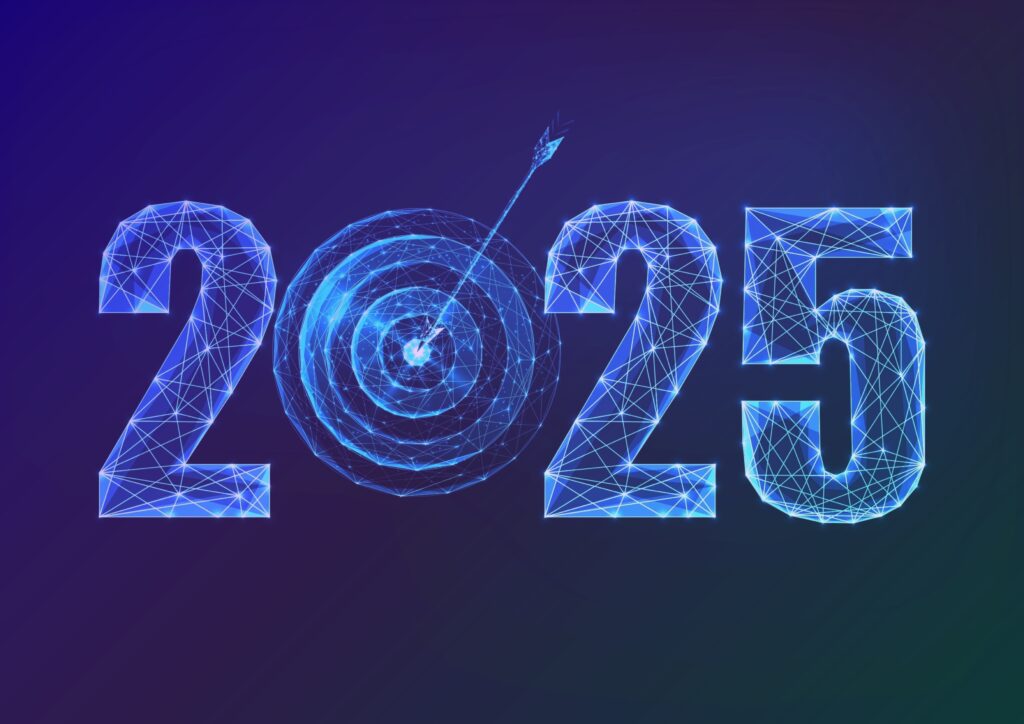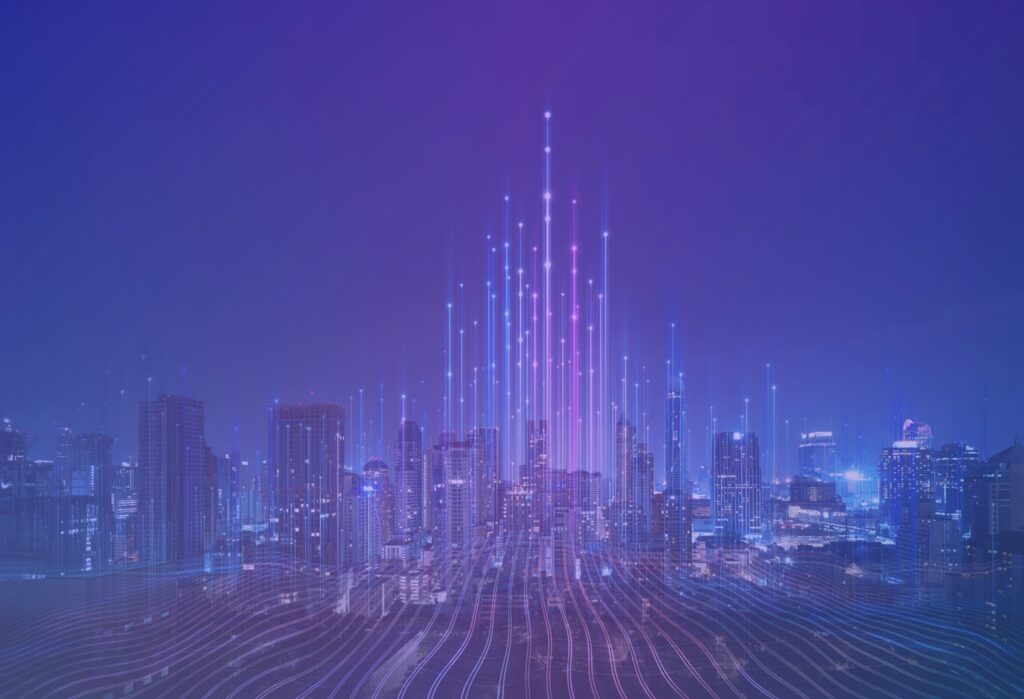Artificial intelligence (AI) and machine learning (ML) technologies are being applied across a wide range of applications, from entertainment to healthcare to transportation … and of course, IT operations, which gave us AIOps. But concretely, what are AIOps use cases for IT operations, and more specifically, AIOps for IT monitoring? This blog post helps you understand what to expect from an AIOps-ready monitoring solution today, and tomorrow. You’ll find out about the differences between domain agnostic and domain-specific AIOps solutions and learn more on Centreon’s innovative AIOps approach (yes, we cover both domain agnostic and domain-specific for more flexibility).
Ready? Let’s start with the basics, a quick refresher on what AIOps means and its broad purpose.
What is the AIOps acronym meaning?
The AIOps acronym means artificial intelligence for IT operations. Gartner came up with the term in 2017 (that’s the year we were all humming “Despacito.”) By that time, it had become clear for ITOps that managing masses of information in environments driven by applications was a challenge that could only be solved with the help of emerging machine learning and artificial intelligence technologies.
What is Gartner’s AIOps definition?
Just in case you are wondering, this is the original Gartner AIOps definition:
“AIOps platforms utilize big data, modern machine learning and other advanced analytics technologies to directly and indirectly enhance IT operations (monitoring, automation and service desk) functions with proactive, personal and dynamic insight. AIOps platforms enable the concurrent use of multiple data sources, data collection methods, analytical (real time and deep) technologies, and presentation technologies.”
Since 2017, artificial intelligence and machine learning technologies are finding a place in the ITOps toolbox to manage increasing data volumes and operations volatility that are the de facto reality of today’s digital business, but also to better plan capacity and overall performance.
AIOps use cases in IT operations
AIOps is about leveraging increasingly commoditized AI/ML technologies to address the rapid growth in data volumes and pace change which humans can no longer manage on their own to derive insights. AIOps leverages historical or streamed data, processing it using AI and ML algorithms to deliver many use cases across the disciplines of IT Operations, DevOps, SRE, and service management.
The principal AIOps use cases to this day:
- Performance baselining
- Anomaly detection
- Automated root cause analysis
- Predictive insights
From an IT monitoring perspective, AIOps use cases revolve around detecting anomalies or hacking attempts, predicting capacity, reducing event noise, and accelerating incident resolution.
Agnostic or domain-specific? A tale of two AIOps solution categories
Before we dive into Centreon’s vision for AIOps applied to IT monitoring, it’s important to establish that there are two categories of AIOps solutions: those that are general and those that are specific. General AIOps solutions are said to be domain agnostic. They involve complex stacks and configurations. Specific AIOps solutions, on the other hand, are domain-centric. They address specific use cases relating to a domain or a data source in particular.
So, we’re anticipating your question: Is Centreon a domain-specific AIOps IT monitoring solution or is it rather an agnostic AIOPs solution? Well, you’ve guessed it, Centreon is committed to giving you a maximum of flexibility, so the answer is BOTH—so you can better meet your needs in AIOps for IT monitoring and for broader AIOps use cases.
Centreon’s innovative approach in AIOps for IT monitoring
Centreon offers a packaged, pragmatic set of AI-based use cases that are specific to infrastructure monitoring and therefore tightly embedded within the solution. These are intended to be delivered as features of the platform that do not require data or AI skills.
But for organizations seeking the highest AIOps maturity, Centreon makes it possible to stream infrastructure metrics and events into their 3rd party AIOps stacks that host data from a variety of sources such as change management, business systems, topology, etc. The data is then processed through algorithms that serve use cases beyond monitoring such as security, IT performance, or capacity planning.
“There are two types of AIOps approaches: domain agnostic and domain specific. Centreon does not force a choice among those two options, but rather, combines capabilities for a maximum of AIOps flexibility—and just as important, to ensure future readiness.”
AIOps-enabled anomaly detection in Centreon
In addition to being AIOps-ready, through the two-prong approach described above, Centreon currently offers an anomaly detection use case. This means Centreon users can rely on monitoring thresholds that are dynamically adjusted based on historical data patterns. Because not every metric has seasonality or repeatable patterns, we’ve built a tool that makes recommendations on those that best apply, in order to guide administrators in making the right selection.
Coming up: predictive capability planning and event noise reduction
Our data science team is currently working on other AIOps for IT monitoring use cases such as predictive capability planning and event noise reduction, in collaboration with our clients, that validate the models and the experience.
On the streaming front: Centreon AIOps-ready connectors
If you’re looking to use the Centreon IT monitoring solution as part of a larger AIOps stack, check out our APIs for streaming data to popular platforms that are part of general-purpose AIOps stacks, such as Splunk, Elastic, Google BigQuery, and Kafka, and know we are continuously enhancing and expanding such integrations.
Takeaway: Why should you integrate AIOps in IT monitoring?
Whether it’s through IT monitoring specific use cases such as anomaly detection, or as a tool to stream relevant data to larger AIOps platforms, using AIOps for IT monitoring using the Centreon solution provides a few key benefits, among them superior issue resolution and a flexible AIOps stack that you can build as you go, through readily available integrations, as well as the confidence of being AIOps-ready when other use cases become available.
Ask our team for an AIOps-focused demo.
You may also like this discussion on AIOps for IT monitoring with Nils Magniez, Centreon Product Manager.
Did you know you can try Centreon for free for as long as you need? Give it a try.















